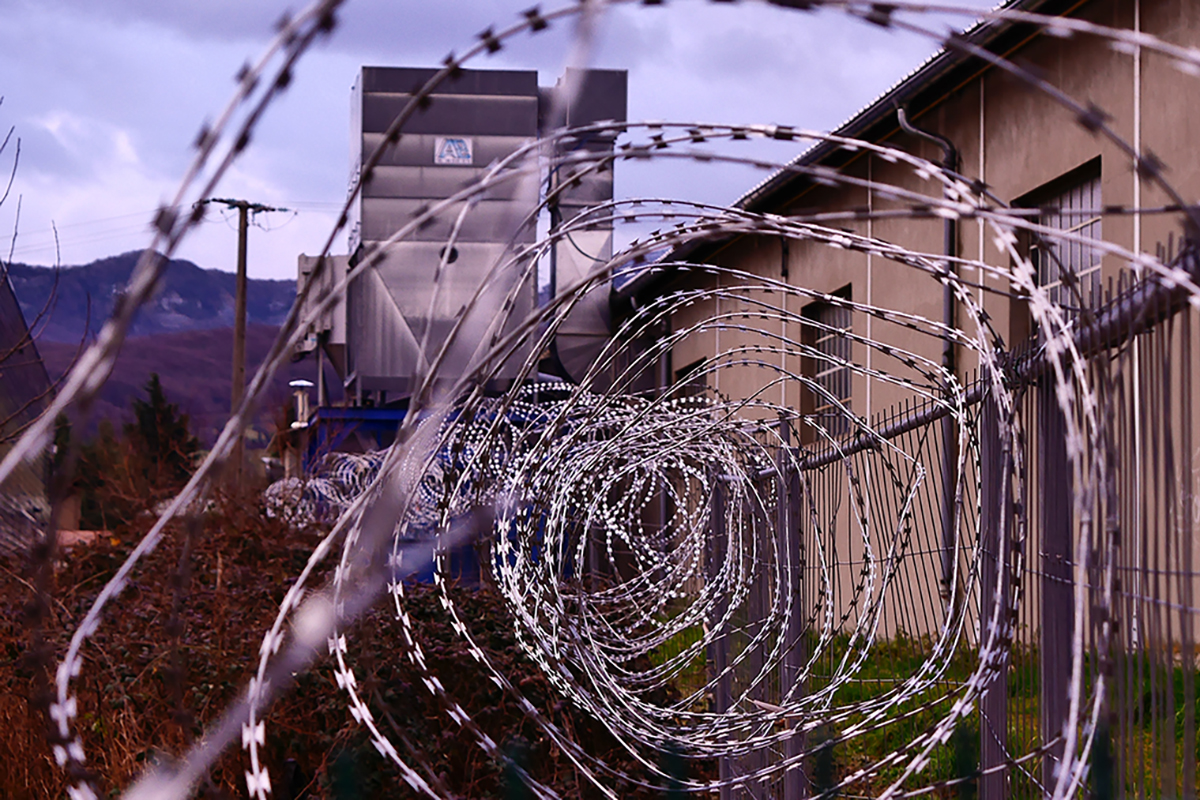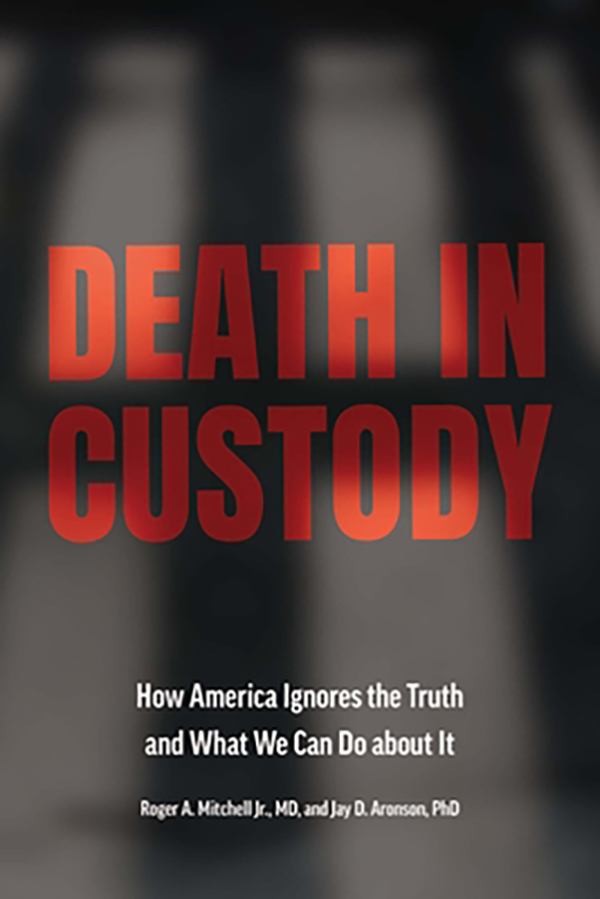
Reviewed by Jan Hardy, Library Specialist.
Death in Custody: How America Ignores the Truth and What We Can Do About It
Mitchell, Roger; Aronson, Jay, D. (2023)
 Look at social media or watch the news, and you’ll see many stories of unarmed African Americans dying in police custody or in jail. As Americans, we hold ourselves morally superior to countries who commit human rights abuses and war crimes. Yet the frequency of these deaths led Jay D. Aronson, Professor of Science, Technology, and Society in CMU’s History Department, to question how often this abuse happens.
Look at social media or watch the news, and you’ll see many stories of unarmed African Americans dying in police custody or in jail. As Americans, we hold ourselves morally superior to countries who commit human rights abuses and war crimes. Yet the frequency of these deaths led Jay D. Aronson, Professor of Science, Technology, and Society in CMU’s History Department, to question how often this abuse happens.
Aronson formed the Center for Human Rights Science to link the research community with the human rights community. Unfortunately, as Aronson learned from Dr. Roger A. Mitchell, statistics on death in custody are difficult if not impossible to find. Dr. Mitchell, a forensic pathologist, said that deaths from tobacco use, cancer, work-related accidents, and pregnancy complications get a checkbox on death certificates so they’re recorded in a standardized way. Deaths occurring in police pursuit, during arrests, police transit, and in jail are not systematically reported. The authors clearly state that they don’t mean to vilify law enforcement, but to account for and reduce these deaths.
"Death in Custody" traces the history of racism in law enforcement through the post-Civil War practice of convict leasing, the widespread arrest of free Black men for trumped-up charges and their forced labor on farms and in mines. This was detailed in Douglas A. Blackmon’s "Slavery By Another Name," reviewed here. While slave owners had a financial incentive to keep enslaved people alive, convict leasing was actually more fatal, since white bosses could always “get another.”
Aronson and Mitchell trace the history of widespread lynching of Black men in the South and across the country, a practice that long terrorized Black men and women. Newspapers reported these murders in sensational detail to justify the execution of so-called dangerous criminals. Even so, Ida B. Wells’ anti-lynching campaign and other Black civil rights organizations struggled to find accurate accounts of lynching carried out in rural areas or in secret.
With cell phone videos and body cameras, we have more evidence of police brutality in arrest and detainment. Still, the families of those killed, and civil justice groups trying to collect data have met resistance from public officials at all levels. The prison industry ignores health care as a basic human right. Prisons release inmates who are gravely ill to hospitals, so resulting deaths can’t be attributed to them. Officials take sick prisoners away, and sometimes the families only hear of loved ones’ deaths from fellow inmates.
Contrary to what we see on TV, coroners aren’t always devoted to finding the truth about each case. The office of the medical examiner originated in England with the office of the “crowner,” who investigated suspicious deaths and turned valuables over to the king. This system came to colonial North America, and though some regulations have been passed, medical examiners may still be unlicensed and in service of those in power. One coroner invented the diagnosis of “excited delirium” to explain sudden death of young Black men who have been arrested, when in reality the death was caused by multiple police officers pressing or kneeling on the victim. Instead of suffocation by police chokeholds, coroners attribute death to natural disease, substance abuse, and even sickle cell disease.
The authors end with a moment–by-moment description of Sandra Bland’s arrest and death, a moving account of how each mistake could have been prevented if her life and mental health had mattered to law enforcement. We’ve seen so many stories on the news, and heard so many names chanted in Black Lives Matter protests: Amadou Diallo, Earl Faison, George Floyd, Breonna Taylor. This book elevates their lives by seeking a fair count of everyone who died in custody, and a fair chance for those who might be next.
Feature image by Hédi Benyounes on Unsplash
